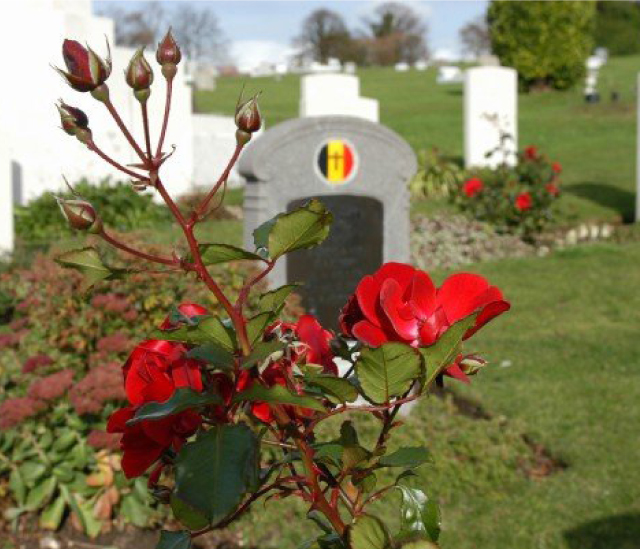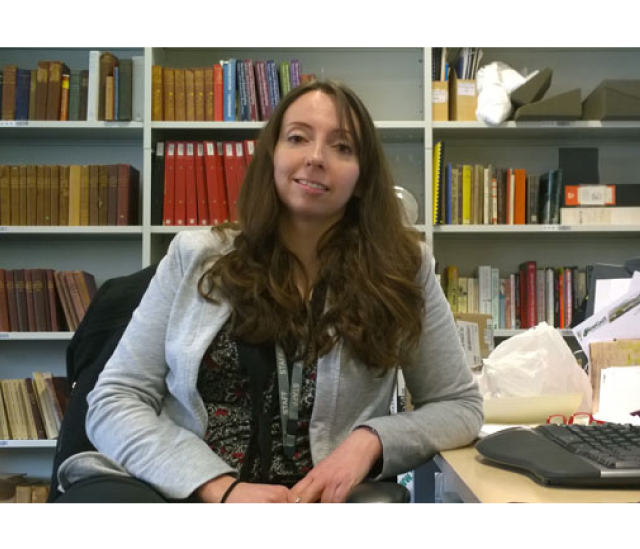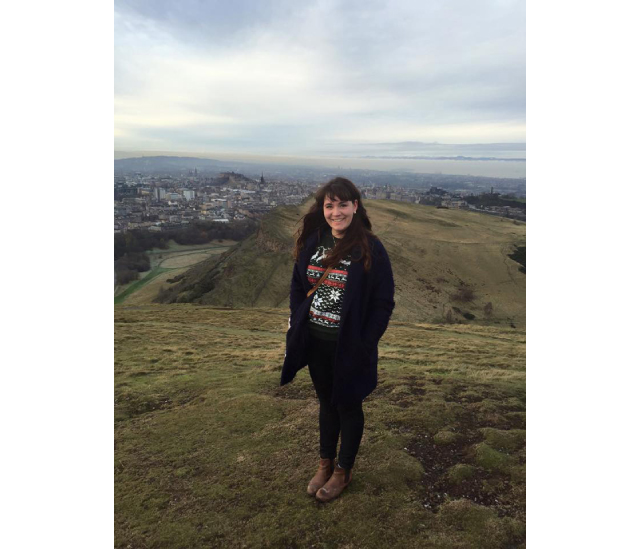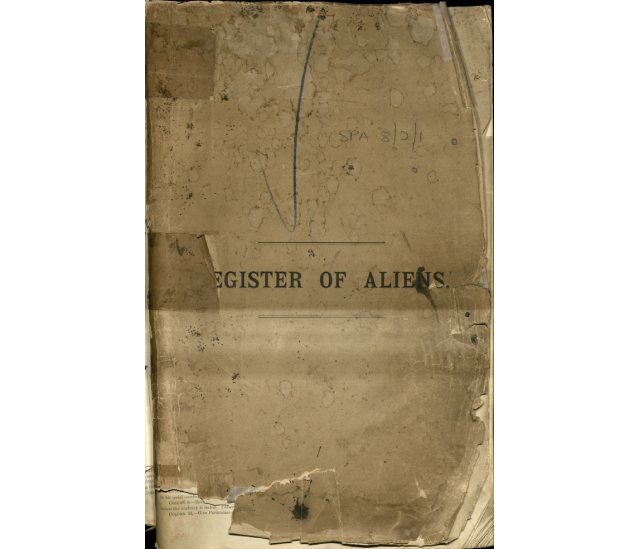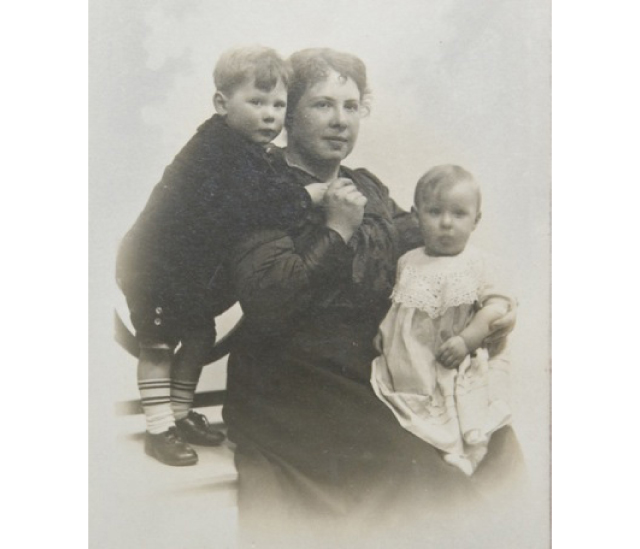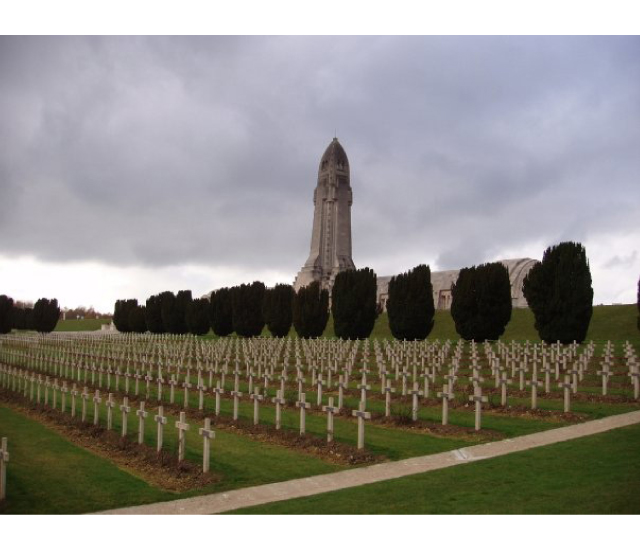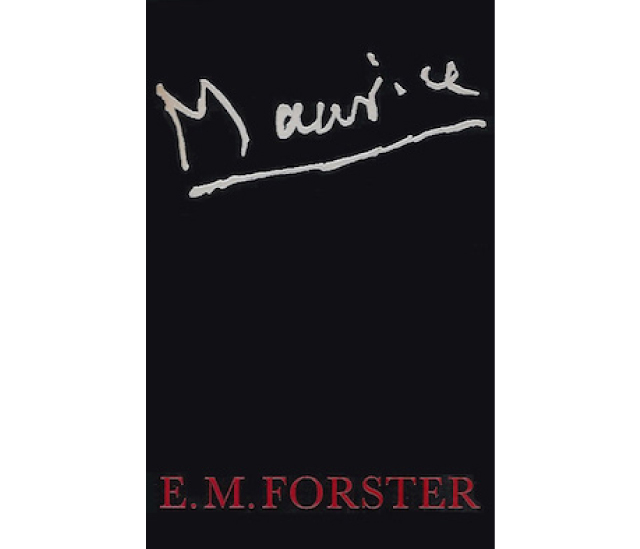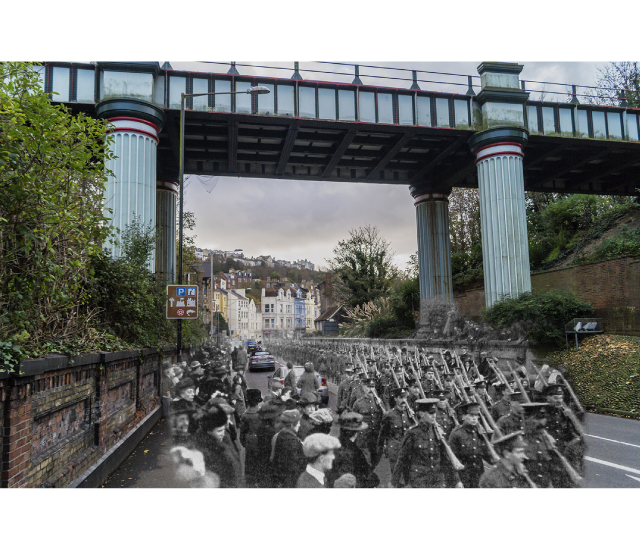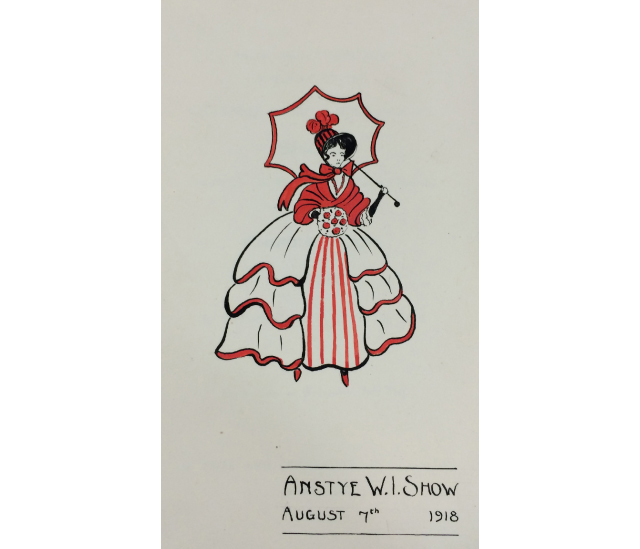
Private William Henry Broad
When William Henry Broad died in 1919 after his service in the First World War, debates over the circumstances of his death continued for nearly one hundred years. William Henry Broad was born in 1894 in Seaford, East Sussex to Mary and Henry Broad, though his father re-married in 1906 to Jessica Amelia Thornley. Following the outbreak of […]

